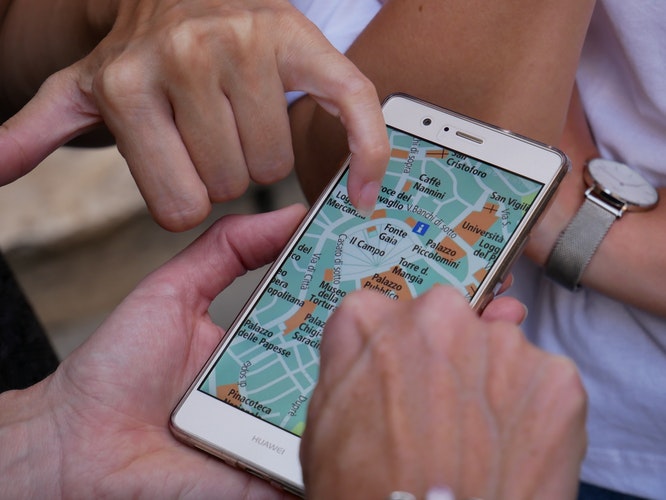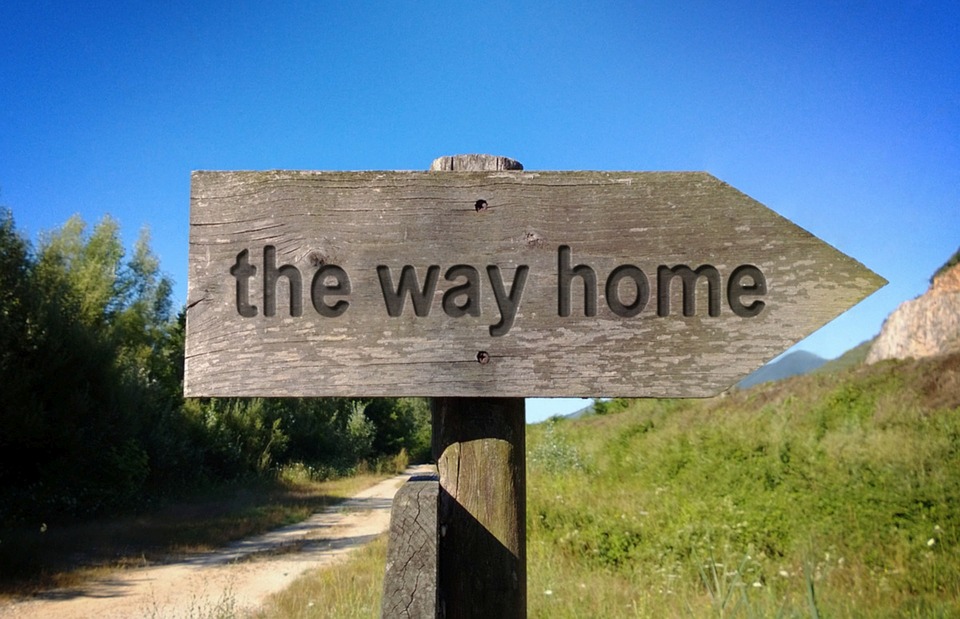Whether you’re exploring a new city, planning a road trip, or simply improving your language skills, mastering directional vocabulary is essential for effective communication. We’re delving into the fundamental words and phrases necessary for understanding and giving directions in the English language.
Navigating through unfamiliar territory can be daunting, but with the right words at your disposal, you can confidently ask for directions, understand instructions and find your way around with ease.
From cardinal directions (e.g. north, south) and relative directions (e.g. left, right, straight on) to landmarks and street names, we cover a wide range of terms that will empower you to navigate any environment, whether you’re traveling abroad or exploring your own neighborhood.
Directions in English
When out and about in a city or elsewhere, you many find yourself lost. As a non-native speaker, if you need to ask directions from a stranger it can be an intimidating and challenging situation.
You will need to know the right words to ask for basic directions and understand the directions given to you in English.
Another situation is where someone else is lost and they ask you for directions. It would be nice to be able to help them if you know the way.
Read on to explore some useful vocabulary for giving and receiving directions in English:
General vocabulary for directions
Cardinal directions: North, south, east, west
Relative directions: Left, right, straight ahead, straight on, back, backward, forward, up, down
Position: Around, in front of, behind, over, under, over there, around the corner, opposite, next to, on the right/left hand side, across the road
Distances: Near, far, far away, close, distant, 10 miles, 20 kilometres
Instructions to turn: Turn left, turn right, make a U-turn, make a sharp turn
Movement: Go, walk, take, drive, follow
Example instructions:
“Carry straight on until you see the church”
“Take the first/second/third street on your right/left”
“It’s straight on, just past the supermarket”
“Go straight ahead for about 100 metres, then turn left at the traffic lights. The library will be on your right-hand side”
“Walk down Main Street until you reach the third junction. Turn right onto Elm Avenue, and the park will be on your left”
“Take the second exit at the roundabout and continue along Park Road. After the bridge, make a sharp left turn onto Maple Street. The museum will be on your right”

Asking for directions in English
The following sentences ask the way to a random place using typical questions.
We have used a bank, a supermarket, a cafe, a street and a village as examples, but you can use these sentence structures to ask for directions to anywhere, whether a building, landmark, area or town.
Where is the (bank)?
Excuse me, do you know where the (bank) is?
Excuse me, please could you tell me the way to (Fairfax Street)?
Do you know where the closest supermarket is?
I wonder if you could help me? I’m looking for the nearest bank.
Excuse me, could you tell me where (Fairfax Street) is?
Excuse me, could you tell how to get to (Fairfax Street)?
I’m looking for (Fairfax Street)
Am I heading in the right direction for the (Post Office)?
Am I on the right road for the (Post Office)?
Can you show me on the map?
Is it a long way to (Clifton Village)?
Am I close to (Clifton Village)?
Is there a (cafe) nearby?
Is there a (cafe) near here?

EFL Classroom activity for practising directions in English
In the EFL class, it is useful to use a map such as the one above and encourage the students to ask each other directions to certain buildings and streets. They can start at one location and ask their way to another location using directions.
For example, starting at the bank, student A can ask the directions to the market. Student B can prepare something like:
‘Turn right outside the bank and walk along Jones Street past the drugstore. Turn right at the gift shop down 2nd Avenue. The market is straight ahead’
Students could also play a guessing game. Student A starts at one location and receives directions from student B that help them arrive at a mystery location. Student B knows where they are directing student A, but it is all a surprise for student A!
Giving and receiving directions in English
Here are some useful phrases for giving directions. You may also hear phrases like these when receiving directions:
It’s this / that way
Take this road
Go along here
Keep going for another 100 metres
You’ll go over a bridge
You’ll cross a wide road
You will go/cross over a level crossing
You will go under/over a bridge
Take the second exit at the roundabout (for drivers)
Go left
It’s on the left
Take the next right
Take a right
Turn right
Go straight on
Go straight ahead
It’d just around the corner
Take the second street on your left

More example sentences with directions:
- ‘Take the second street on your left, then the Post Office is just opposite the bank on the right hand side’.
- ‘Go around this corner, then carry on until you get to the post box on the right hand side. Take a left there, and my house is on your right, next to the big tree’.
- ‘Take the second road on your left, just past the school.’
- ‘Go over the bridge and turn left at the lights. It’s the third street on your right.’
Click here to explore more useful English vocabulary and phrases for when you are out and about, whether going to the bank, eating in restaurant, watching a football match or other activities.
Share your thoughts on giving and asking for directions in English
Do you find receiving directions a difficult part of learning English?
Do you have any tips to help students learn direction words?
Are there any phrases related to giving/receiving directions you find confusing?
Let us know in the comments.


i think is the lesson good for me.